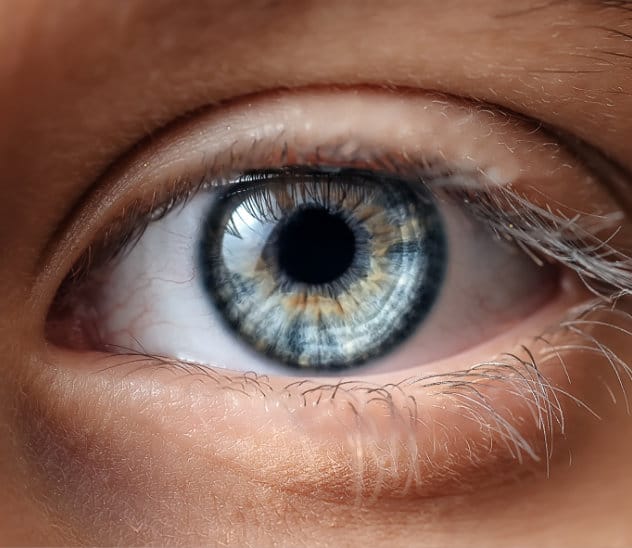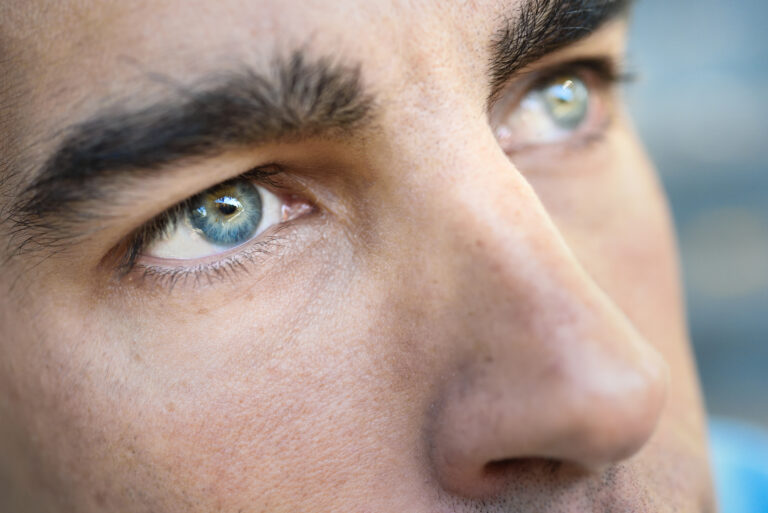What Vision Problems Can LASIK Surgery Correct?
Blurry vision can keep you from reading labels, seeing street signs, or anything in between. These vision problems are called refractive errors and can be corrected with LASIK. This form of laser eye surgery treats most types of refractive errors to give you sharper vision at near, middle, and long distances.
What is LASIK Surgery?
LASIK stands for laser in-situ keratomileusis. The name describes what it does. LASIK uses a laser to create a flap in the cornea’s outermost layer. It then uses another laser to remove microscopic layers of corneal tissue to adjust its shape. This precise, computer-guided process corrects the angle of light entering your eye.

What Vision Problems Can LASIK Surgery Correct?
Vision problems or refractive errors happen when light does not focus on the retina at the back of the eye. Parts of the eye that help focus light include the lens and cornea. LASIK works by reshaping the cornea, redirecting light to fall on the retina. You may be a good candidate for LASIK if you have these concerns:
- Myopia (nearsightedness), where you can see close things clearly, but distant objects look blurry
- Hyperopia (farsightedness), where you can see distant things clearly, but close things look blurry
- Astigmatism, where the shape of your eye prevents light from focusing at any distance, so everything looks blurry
- Presbyopia (LASIK Presbyond), where the lens loses flexibility with age, so you have difficulty seeing things nearby
LASIK is intended for use on healthy eyes and does not treat vision problems caused by medical issues.
What Happens During LASIK?
LASIK works in two steps that use two different lasers. Numbing eye drops will prevent you from feeling anything during the procedure. During the first step, a femtosecond laser uses energy pulses to create a flap in the corneal epithelium, the outermost layer. The flap is lifted away but remains attached to the cornea.
Dr. Senekal then uses an excimer laser that removes incredibly thin layers of corneal tissue. This process changes the shape of the cornea, so light travels through it at a different angle. The wavelength of this laser limits its effects to the treated layers of the cornea, protecting other structures from harm. After the reshaping, Dr. Senekal replaces the flap, which quickly begins to heal in place.
Request a Consultation
We’d love to help you get all the information you need in order to make the best choice for your eyes. Request a consultation today! Our staff is available and happy to answer your every question.
What is Recovery Like After LASIK?
Many people experience minor irritation and blurry vision immediately after LASIK. Most people can drive within one day and return to work within three days. Using the provided eye drops as instructed will control irritation and help your eyes heal. The flap takes a few weeks to heal entirely, and there is some risk of disrupting it during that time if you engage in activities like contact sports.
Am I a Good Candidate for LASIK?
Although it is the most widely known laser eye surgery, LASIK is not the best choice for everyone. Good candidates for LASIK must have healthy eyes and normal corneal thickness. They should also have no history of dry eye problems. If you have a thin cornea, chronic dry eye, or other conditions, Dr. Senekal may recommend a different laser eye surgery.
Take the Next Step
To learn more about LASIK eye surgery, please schedule your consultation by either filling out the form on this page or by calling (780) 452-4111. We look forward to helping you!





